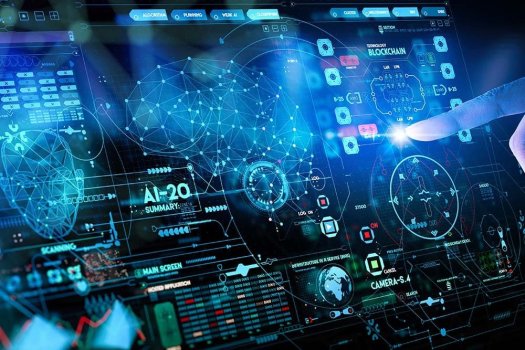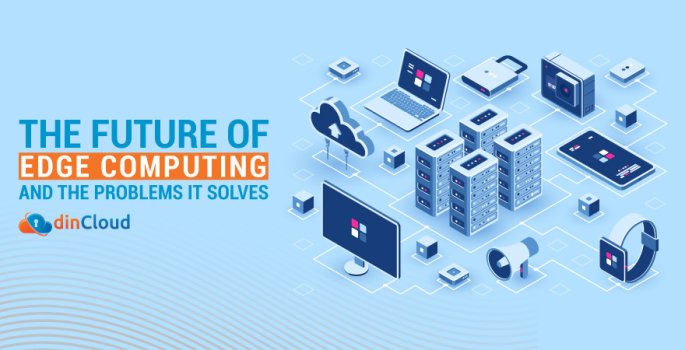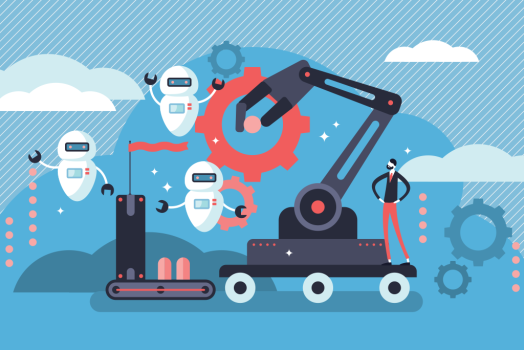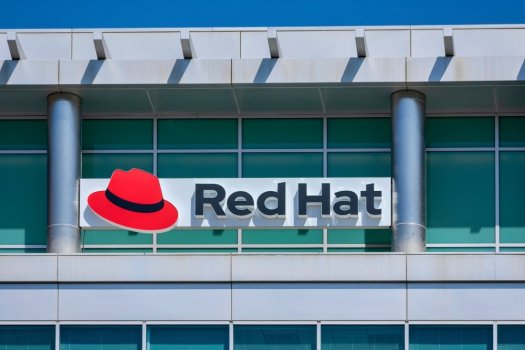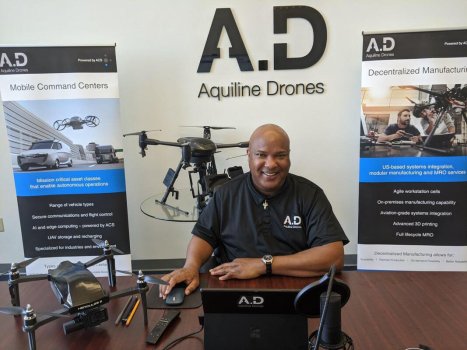Top tips for adding drones to your construction business
- Technology Solutions
- 0 Replies
Drones also known as unmanned aerial vehicles (UAVs), is a small flying aircraft system that can be remotely controlled. The use of drones in construction is an innovation which is really taking off. You can learn more about the benefits of using drones in building surveying here.
So what are the top considerations for construction companies wanting to add drones to their business plan?
Battery life and flight time
A longer battery life and flight time will give you greater flexibility so this is an important feature to consider when selecting the correct drone. However, it is important to remember that with better battery life and flight time, comes higher costs. This is generally down to how much a company is willing to invest in the quality of the drone product.
Continue reading: https://www.cavendishprofessionals.com/top-tips-for-adding-drones-to-your-construction-business/
So what are the top considerations for construction companies wanting to add drones to their business plan?
Battery life and flight time
A longer battery life and flight time will give you greater flexibility so this is an important feature to consider when selecting the correct drone. However, it is important to remember that with better battery life and flight time, comes higher costs. This is generally down to how much a company is willing to invest in the quality of the drone product.
Continue reading: https://www.cavendishprofessionals.com/top-tips-for-adding-drones-to-your-construction-business/






